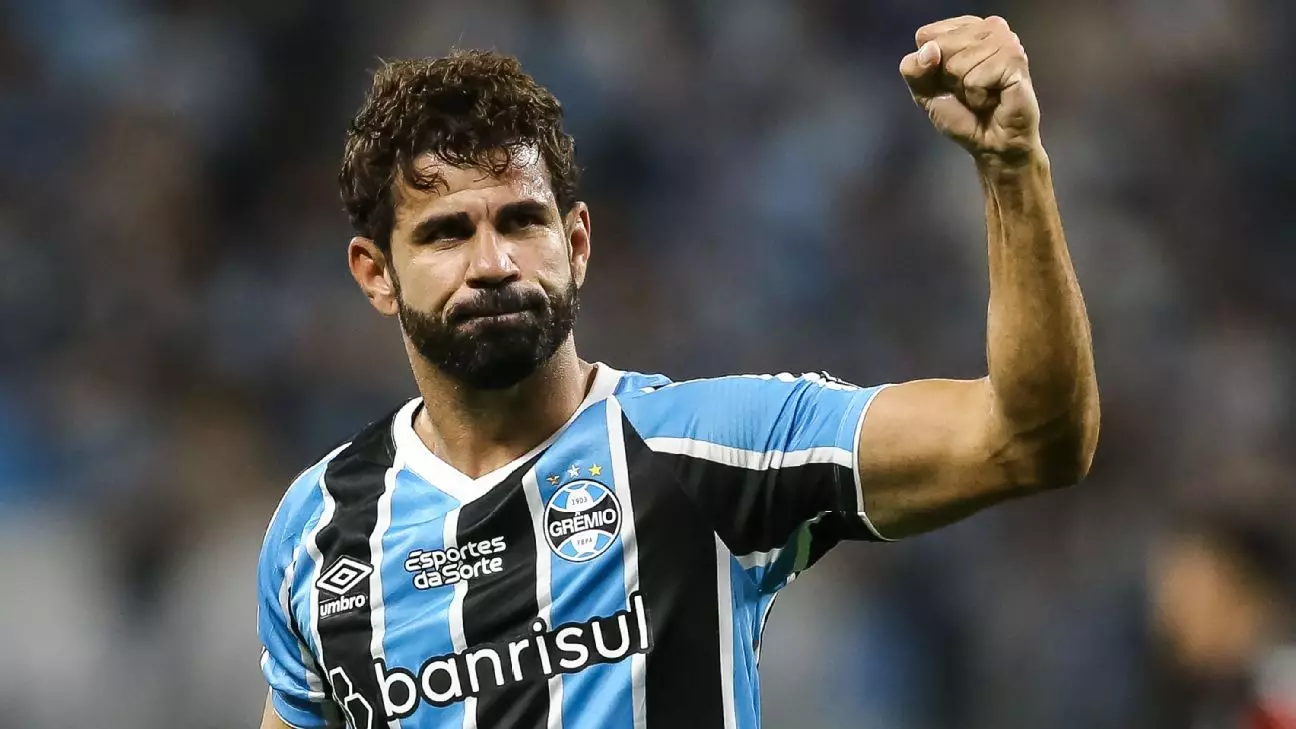As the curtain rises on the 2025 football season, Arsenal finds itself grappling with a serious predicament. Following a promising warm-weather training trip to Dubai earlier in the year that revitalized the squad and fostered cohesion, Arsenal seems to have hit a rough patch. This journey ultimately did not lead to the coveted Premier League title, still eluding them as they finished behind Manchester City. The current season, however, presents a different challenge altogether: injuries and tactical dilemmas. With injuries plaguing key players, Arsenal’s management must quickly assess their options as they aim to stay competitive.
Injuries have played a cruel role in Arsenal’s campaign, particularly the recent announcement concerning Kai Havertz’s torn hamstring. As the team’s only fit central striker, Havertz’s absence creates a significant gap in Arsenal’s attacking capabilities. The club’s decision not to bolster their forward line during the winter transfer window now feels like a substantial oversight. Instead of being proactive in the market, the Gunners are left scrambling to identify alternatives— options that are far from enviable.
Arteta’s tactical setup has always thrived on the dynamic interplay of skillful forwards, but the necessity to secure a temporary fix could lead to desperate measures. The challenge lies not merely in replacing Havertz but in maintaining the fluidity and integration that characterized the team post-Dubai trip.
The search for suitable replacements has proven to be uninspiring, as options appear limited. One candidate that has surfaced is Carlos Vela, a former Gunner known for his time between 2005 and 2012. While the notion of a fairy-tale return to the Emirates would captivate many fans, Vela’s age (35) and recent history in MLS cast doubt on his ability to cope with the rigors of Premier League football. Vela was never predominantly a central striker, operating instead as a winger, which raises questions about whether he could effectively anchor the forward line.
Diego Costa is another name floated for consideration. A storied competitor and former star with Chelsea, Costa’s return to the Premier League with Wolves culminated in a disappointing solitary goal. At 36, and after troubled spells in Brazil, there are concerns about the durability of his physical form, raising the specter of whether he could truly integrate into Arteta’s philosophy.
The prospect of looking inward offers another glimmer of hope for Arsenal. Nathan Butler-Oyedeji and Khayon Edwards, two youthful talents from the academy, represent potential options. While both players have struggled to make their mark during loan spells at Accrington Stanley and Leyton Orient, their emergence in the Premier League 2 leaves enough room for optimism. Their inclusion wouldn’t just add bodies to the squad; it might rejuvenate Arsenal’s attacking play with fresh energy, albeit amid a backdrop of youthful inexperience.
Emphasizing the need for a quick fix could compel Arteta to reconsider players like Leandro Trossard, who has shown versatility and skill, possibly adapting to fill the “false No. 9” role. This would further highlight Arteta’s reputation for tactical ingenuity and his willingness to reinvent player roles to meet squad needs.
The situation facing Arsenal is indicative of a larger trend within football: the impact of injuries and decision-making on a team’s potential. While hindsight often provides glaring clarity, the inability to secure attacking talent during the transfer window reflects a significant miscalculation. As Havertz and Gabriel Jesus grapple with potentially career-altering injuries, the ramifications of not addressing squad deficiencies become profoundly clear.
For the Gunners, this is not just a seasonal hurdle but a moment that could dictate their standing in the Premier League as they aim for a top-four finish or even a return to title contention. The combination of injuries and poorly timed squad decisions puts pressure on the coaching staff, the players, and the institution as a whole.
Arsenal now finds itself at a crossroads, navigating a restrictive landscape with a narrow pool of options. The path forward will undoubtedly be difficult, and while hope remains for youth-wise solutions, the stark reality is that the Gunners are confronting an unprecedented challenge that risks defining their season’s legacy. Absent a clever strategy or a series of unexpected breakthroughs, Arsenal’s ambitions may go unfulfilled, serving as a cautionary tale of how quickly fortunes can change in football.

